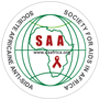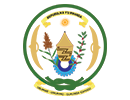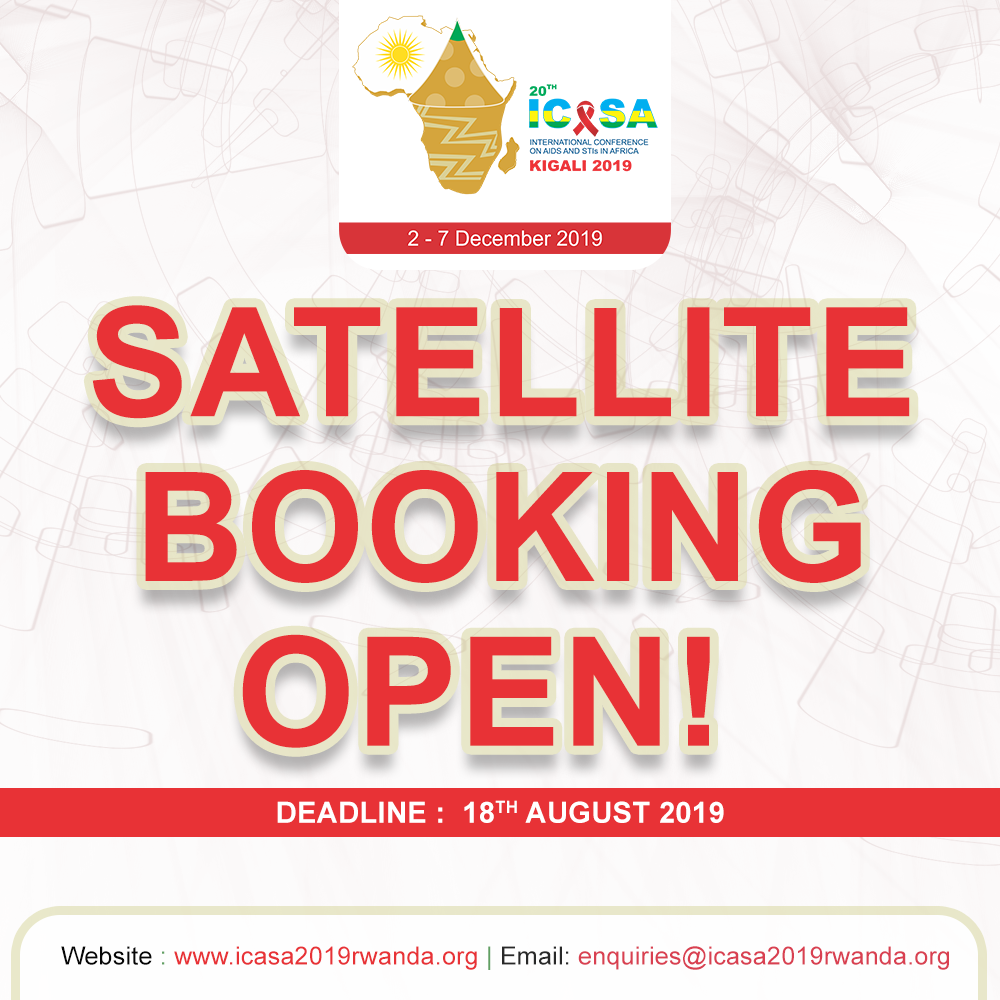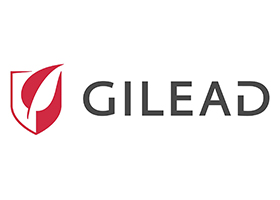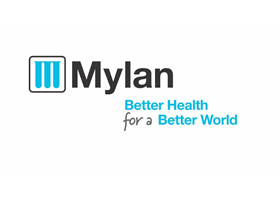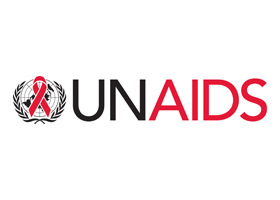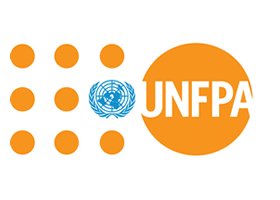Time: 14:45 - 16:15
Room: Auditorium
Reporter: Ingrid UWASE
Assessment of HIV Service Packages for Men who have Sex with other Men in 13 African countries – McCallum Lou
This study is an assessment conducted by APMG in 65 countries but this presentation is only about 13 countries in Africa. The APMG Health conducted an assessment of the design, implementation and monitoring of National HIV Services Packages for Key Populations. Information was extracted through desk review and field inspection. The 13 countries reported in this presentation are Angola, Benin, Cameroon, Kenya, Madagascar, Malawi, Mali, Morocco, Sierra Leone, South Africa, Sudan, Togo, and Tunisia. The 13 countries considered men who have sex with other men as key population in their National Strategic Plan and it defined package of services for the key population. However, the content of the package of services differed significantly from that proscribed by WHO. The result of the study showed that the definition of ‘coverage’ is not consistent across countries and systems are not generally in place to track individual service use. Reported coverage in the 13 countries was highest in Kenya reported at 245% and lowest in South Africa with the 1.5%. On the field assessment showed that eight out of the 13 countries were using either a consistent or a partial UIC system. In most countries, it is difficult or impossible to track patterns of service use by individuals and to minimize double-counting. The session concluded that the approach for development and implementation of HIV service packages for men who have sex with men has been substantially successful and there is some efficiency in service delivery through outreaches and peer education. Pre-exposure Prophylaxis needs to be included in the package of services for men who have sex with men. NGOs working with key populations need to be assisted to get more resources so that they can tackle large issues also such as stigma, discrimination and others that are barriers to access services for key populations.
Implementation of an Index Testing Approach in a Community Based Clinic providing health services to female sex workers: Soutura clinic Bamako – Alitiny Almahdy Ag
This is a study was conducted in Bamako Mali from April to September 2019. A safe space was created for PLHIV to provide contacts of their sexual partners and biological children. These persons were contacted through Partner Notification Services. Through the project, 106 sex workers who had spent an average of 3 years in sex work were recruited identified but 75% were eligible for the program. The identified study participants were reluctant to give out the contact details for fear of stigma and abused. Of the contacts hared, 78% were stable partners of the FSW. Results showed that 43% of biological children of the FSW, and 22 % of stable partners were HIV positive. The high prevalence among children of FSW was because the sex workers never benefited from prevention of mother to child services. The study showed that Index Testing Approach can positively impact HIV program case finding.
Uptake of HIV self-testing and linkage to care among female sex workers in Nairobi: A Pilot Programme Using Peer- based Distribution of Oraquick HIV Self-testing Kit – Achieng Josephinestrong>
Kenya launched its self-testing operational manual in 2017 paving way for implementation of HIV self-testing. HIV self-testing is an additional tool to achieve the 1st 90-90-90 target. This piloting program was to facilitate the distribution of HIV self-testing kit to FSW through peer educators. The peers contacted were given all required instructions and adequate information about HIV self-testing. Also, 210 HIV tests were distributed, and 86% of them were accepted. Of the accepted kits, 90% were used and 2% percent tested HIV positive. The four HIV positive women were linked to care and treatment. 153 peers reported that they would recommend the HIVST.
Cibler le Depistage VIH/SIDA des Personnes Handicapees pour Atteindre les “90 90 90” au Senegal – Diend Ousmane
The study was conducted in Guinea Bissau and Senegal, but the presentation focused on the study done in Senegal. The objective of the study was to increase access of people living with disabilities in remote areas to HIV testing services and follow-up of those who test HIV positive. One of the methods used was to run massive campaigns with the aim of testing a minimum 100 people per campaign. The mobilization was done through organizations working for people living with disabilities. Through 41 campaigns 4,521 people were tested and 83% of them were people living with disabilities. Of those tested, 98 people living with HIV were identified of which 79.5% were people living with disabilities. Of people living with disabilities who were HIV positive, 58% were women. Of those with disability who were HIV positive, 70.5% of cases had physical disabilities and 19.2% had visual disabilities. There are still some mythical beliefs regarding HIV in Senegal that having sex with people albinos heals HIV. The recommendation is that to achieve the 90-90-90 target, it is a necessity to reach out to people living with disabilities.
Index Testing and Intensified Case Finding for Efficiency in HIV Testing in Rwanda. – Remera Eric
Rwanda initiated active HIV case finding through index testing with partner notification services and family testing in 2018. Active case finding was implemented as part of Case Surveillance system in 23 PEPFAR supported health facilities in Kigali city. Three index testing strategies that were used to actively find new cases of HIV positivity are client referral, provider testing and contact referral. Cases identified through active case finding are linked to care and followed up. 2598 index cases were registered in Rwanda within the period of June to October 2019. Most partners of index cases are women. From the total index cases, 2316 (89.1%) provided partner’s information for the last 12 months, and 3344 (86.9%) partners were successfully contacted. Of these, 37% were reached through client referral, 32% by provider and 31% by contract referral. Of all partners contacted, 2833 (84.7%) went to the health facility for HIV testing of which 118 (4.2%) were already aware of their HIV positivity status. Also, 218 (8.9%) tested HIV positive of which 93.1% were linked to treatment. The high yield of HIV positivity amongst untested partners (and subsequent near universal linkage to treatment) suggests partner notification can play a key role in reaching, diagnosing and treating those unaware of their HIV status.


